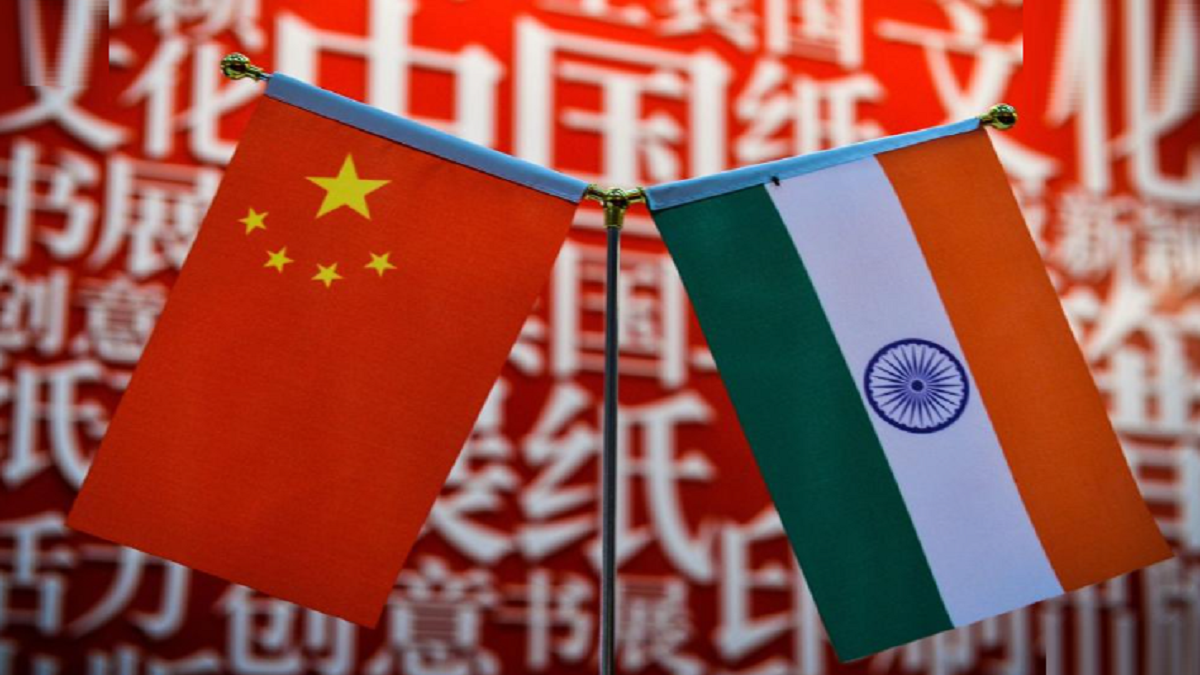


India has often been compared to an elephant while China is called a dragon. When we compare these two animals, elephants are real or “Sattology” (opposite of mythology). Its strength is measurable and comparable in our human experience. A dragon, on the other hand, is an imaginary animal from ancient Chinese mythology. First of all, the ignominious defeat of the Indian armed forces in 1962 was already avenged in 1967. Jawaharlal Nehru’s lack of strategy was responsible for India’s defeat in 1962. Later in 1987 and 2017, the Indian armed forces proved their superiority in war-fighting abilities against the Chinese. In the 2020 Galwan Valley incident too, 20 Indian soldiers gave a bloody lesson to at least three-times — some accounts say five-times — more Chinese troops. With that being said, India must be proud of their military training and fearless war ethos. In any war, it is a soldier behind the weapon that counts. In that regard, India definitely has an upper hand.
China’s insensitive response to the pandemic has been globally recorded by most countries of the world. Their global public relations (PR) machinery has managed to help them sail through the international condemnation with a shameless face. Their hold on the World Health Organization (WHO) and the United Nations has been severely weakened and their credibility will further erode once all countries recover from Covid-19. To put it mildly, the next couple of years will see a lot of global diplomatic condemnation coming to the Chinese Communist Party (CCP). Recently the US lawmakers have begun to realise the faults of recognising Chinese occupation of Tibet and their claims over Taiwan and South China Sea. The diplomatic arrogance of the CCP and its false sense of invincibility made them commit the Ladakh misadventure.
Where does this arrogance come from? The CCP has been making propaganda videos of China’s military prowess for their people in order to create fake patriotism and also to prove to Chinese that they are the legitimate rulers. The glorification of Chinese missiles and plagiarised planes has already labelled them as the top copycat nation of the world. Needless to say, their externally similar looking drones and planes have proved to be flying skeletons of comparable Western or Russian models. Their JF-17 is a slightly upgraded MiG21, almost akin to the Indian MiG-21 Bison. Their JF-16 and 11 are the copied versions of SU-27 and SU-30 of Sukhoi imports from Russians. Are Russians happy? They haven’t even hidden the external appearance of their copies. The GJ2 armed drone looks like an exact copy of American predator drone. Their Type 15 Tank is comparable to T-72 and T-90.
The Indian military’s multinational technical upgrades of SU-30 MKI, Mirage 2000-5, MiG-29 UPG, Tejas, MiG-21 Bison, Rafale IN, Jaguars Sepecat, C-17, IL76, Apaches and LCH give a definitive edge over the Chinese Air Force in all theatres of aerial warfare. All Indian Air force machines have been well maintained and are war ready.
In terms of military training and endurance of soldiers, Indian troops have proved their mettle right from World War II. The rifles and artillery of India seem to be vastly superior to anything Chinese. Their licensed production of Bofors guns and other artillery has been world class.
The area in which the Chinese military seems to have an edge is the significant military industrial base that they have created to locally manufacture their plagiarised weapons. While India has depended on obtaining legal licences to build Western and Russian weapon systems, the political corruption of Indian political parties has denied them a robust local military industrial complex until 2014. Post-2014, the Central government has embarked on a massive military capability building in all aspects of military preparedness. The biggest weakness of the Indian military industrial complex is in the areas of ammunition production for their imported guns. Indian Ordnance Board is Asia’s second largest to Russia. But the inherent institutional corruption has kept them low performing for years. With the indigenisation of their high-calibre guns, the ammunition problems will disappear over the next couple of years. Nonetheless, the Indian political and military leaderships are ready for China and Pakistan.
The Indian naval strength is extremely understated and often ignored by China. The majority of the Indian Navy is built locally and uses Indian weapon systems. Every single weapon of the Indian Navy fires with high accuracy as demonstrated in their multiple tests. As for missiles, both India and China cover each other’s entire territory with high accuracy. And their nuclear forces also carry enough to cause each other equal damage. In case of any eventuality, the Indian armed forces have the strength to bust the myth of the Chinese Communist Party’s People’s Liberation Army (PLA), People’s Liberation Army Navy (PLAN) and People’s Liberation Army Air Force (PLAAF).The major difference between the two is: CCP owns PLA, PLAN and PLAF, while Indian democracy owns the Indian armed forces. The clash is between Chinese Communist Party and The Republic of India.
The writer is an independent political commentator and analyst.